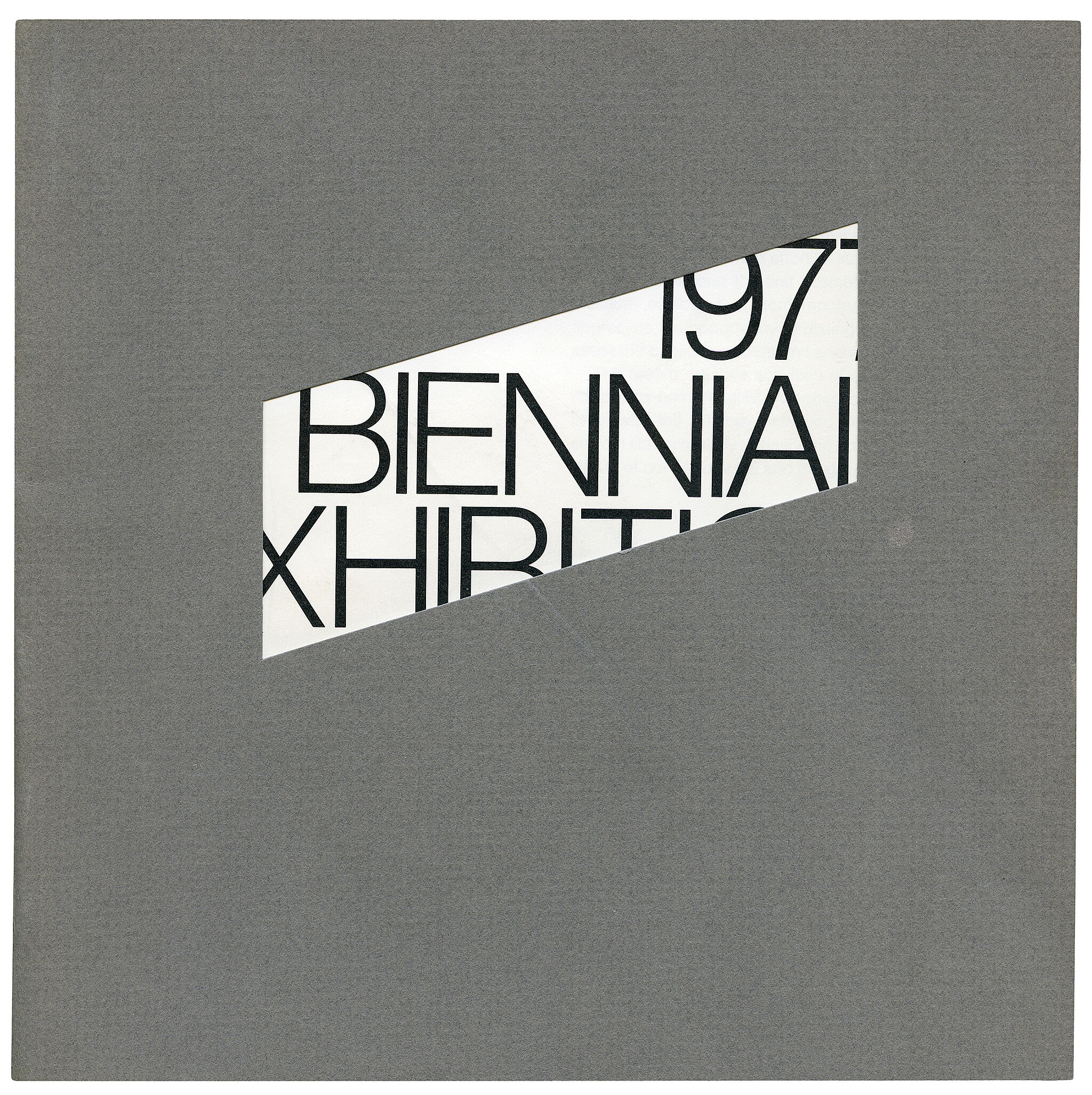Allan Kaprow
1927–2006
Introduction
Allan Kaprow (August 23, 1927 – April 5, 2006) was an American performance artist, installation artist, painter, and assemblagist . He helped to develop the "Environment" and "Happening" in the late 1950s and 1960s, as well as their theory. His Happenings — some 200 of them — evolved over the years. Eventually Kaprow shifted his practice into what he called "Activities", intimately scaled pieces for one or several players, devoted to the study of normal human activity in a way congruent to ordinary life. Fluxus, performance art, and installation art were, in turn, influenced by his work.
Wikidata identifier
Q366380
Information from Wikipedia, made available under the Creative Commons Attribution-ShareAlike License . Accessed November 24, 2025.
Introduction
Kaprow began his career as an Abstract Expressionist, creating "action collages" which used materials such as newspaper and straw. However, after studying musical composition under John Cage at the New School for Social Research, he focused his attention on "Happenings", and what he termed "Environments", which were sculptural installations (ie: "Yard" of 1961, which was a space filled with car tires that a viewer could walk over). In 1968, Kaprow began using the term "Activity" instead of Happening, and his work became more concerned with physical activities that could be performed by all, such as his work "The Perfect Bed", where participants took their favorite bed and moved it outdoors.
Country of birth
United States
Roles
Artist, installation artist, painter, performance artist, photographer, sculptor, video artist
ULAN identifier
500031037
Names
Allan Kaprow, Alan Kaprow
Information from the Getty Research Institute's Union List of Artist Names ® (ULAN), made available under the ODC Attribution License. Accessed November 24, 2025.

